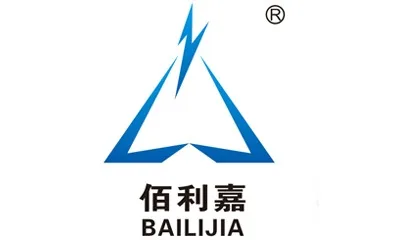35KV-500KV Open Substation Grounding
The 35kV-500kV open-type substation is generally composed of high-voltage equipment substation, low-voltage equipment substation, main transformer, 35kV power distribution area (room), 10kV power distribution room, supporting facilities (garage, warehouse, concierge, pool, etc.), Cable trench, independent lightning rod, comprehensive building, control room (part of the substation control room and the integrated building together, called the main control building) and other components.
Substation grounding is mainly divided into three parts: primary grounding, secondary grounding and lightning protection grounding (anti-static grounding is a secondary grounding part).
The primary grounding grid consists of a horizontal grounded main network (a grid consisting of horizontal grounding poles), a vertical grounding pole, and a grounding down conductor of the structural equipment. The grounding down conductor of the structural equipment is divided into two parts connected above and below ground.
The secondary grounding mainly includes the equalization of the indoor part and the grounding of the control room panel. The secondary grounding in the broad sense also includes the equalizing conductor in the cable trench, also known as the Mingshi grounding trunk, which is connected to the indoor grounding grid through the cable shaft.
The lightning protection grounding includes a lightning protection belt for the building such as the main control building, a lightning rod and a centralized grounding device for the independent lightning rod. The grounding of the lightning rod is too close to the main grounding grid. It is only necessary to lay the grounding pole close enough at the corresponding position and increase the vertical grounding pole.






Photovoltaic Field Integrated Grounding
Photovoltaic power generation has pure green, no pollution, and can be seamlessly connected with existing power transmission and transformation grids. Therefore, Balic Electric has given sufficient attention to the grounding network of emerging energy photovoltaic power plants. Photovoltaic power generation is mostly in the remote suburbs of the wilderness. It covers a huge area and is extremely vulnerable to lightning hazards. The grounding network maintenance work of the supporting booster substation is huge.
The grounding grid made of traditional hot-dip galvanized steel is difficult to guarantee the service life of more than 10 years. The copper and copper-clad steel grounding material can make the grounding net life reach 30 to 50 years. The price of pure copper material is high and the strength is less than that of copper-clad steel. From the comprehensive comparison of performance and price, the copper-clad steel material produced by the Balic is the best material choice for the photovoltaic field grounding system.
The photovoltaic power grid grounding network is mainly composed of the photovoltaic power generation area grounding, the inverter room grounding and the lightning protection belt, the boosting station grounding, etc., and is connected to each other. Generally, a centralized grounding device is arranged at the grounding down conductor line of the inverter room for discharging. Thunder current. The grounding arrangement is buried depth of 0.6-0.8m and below the permanent frozen soil layer. They are all composed of horizontal grounding wire + vertical grounding pole + grounding lead wire, etc. The materials are made of copper-clad steel grounding material, and the welding method is Balic heat-dissipating welding.
PHOTOVOLTAIC POWER APPLICATION CASES


